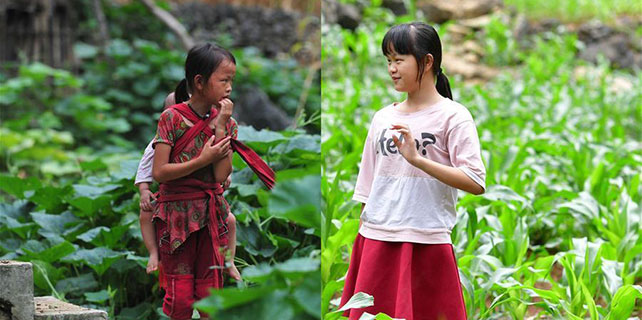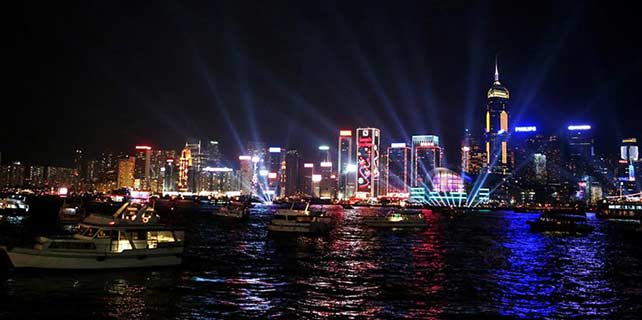Fishermen try new nets for healthier oceans
SINDHUDURG, India - The fishermen were dubious when ocean experts suggested they could save their dwindling marine stocks just by switching to new nets.
It took years for the United Nations Development Program to convince the fishing communities along India's tropical western coast that the diamond-mesh nets they were using were trapping baby fish, while a square-shaped mesh could allow small fish to escape to maintain a breeding population. But two years after the new nets were fully adopted, fishermen insist they're making a difference.
"This square net is a blessing for us," said John Gabriel Naronha, who runs six trawlers in the area. "When the small fish grows up, the fishermen can really benefit ... we can get good prices for big fish. And the small fish gets a chance to grow."
The project, launched in 2011, is one of many being showcased at a major conference on oceans beginning on Monday, where the UN will plead with nations to help halt a global assault on marine life and ecosystems that is threatening jobs, economies and even human lives.
"The oceans of the planet are in dire need of urgent action," said Marina Walter, deputy director for UNDP in India. That action is even more urgent now that climate change is causing ocean temperatures to rise while waters also become more acidic, causing widespread destruction of coral reefs that sustain a quarter of all marine species.
The struggles of India's fishermen are hardly unique. About one out of every 10 people in the world relies directly on the ocean to survive. Most of those are among the world's poorest, meaning they have few substitutes when marine life declines.
Meanwhile, the UNDP has also helped set up a crab farming project in the Sindudurg area to encourage local preservation of the mangroves and resistance to land developers and those gathering firewood from chopping the saltwater-tolerant trees down.
Local officials are delighted with the low-fuss process and positive results.
"With very little manipulation of the environment, you can grow crabs wherever you have mangroves," said N. Vasudevan, who heads a special unit for the government of India's western state of Maharashtra.
Associated Press
















